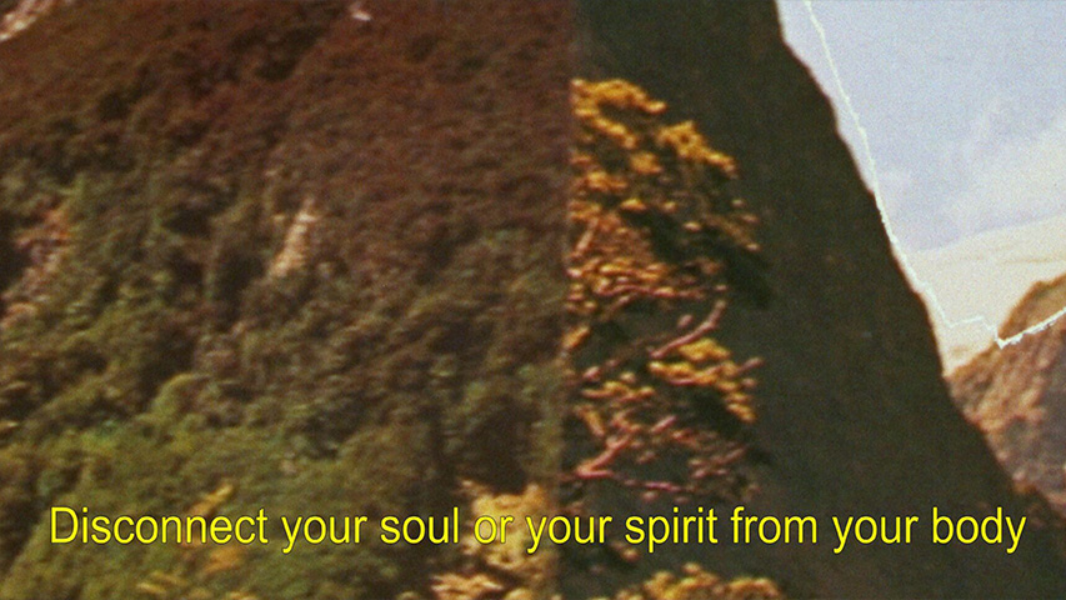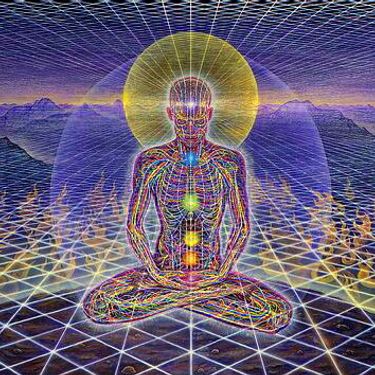
Sick Landscapes
Dir. Zach Hart
2025 | 24 minutes | Germany | English | B&W and Color | Stereo | 4:3 | 16mm film and
HD Video
Sick Landscapes.2
Dir. Zach Hart
2025 | 17 minutes | Germany | English and German | English Subtitles |
Color | Stereo | 1.896:1 | 4K
Theatrical Premiere of two works developed as a multi-channel installation work. Alwin Seifert said it most directly, “in a sick landscape, there cannot be a healthy people.” He saw landscape design as a means to push forward the German folkish-nationalistic blood and soil agenda. Through his work, landscape became part of an overall concept of racial health and beauty. Reinhold Lingner, a prominent GDR landscape planner, would go on to describe the landscape in similar terms, but with an ecological instead of an ideological intention. He would anthropomorphize the landscape and describe it as an organism, as though the body of the landscape were part of the German people's body. Lingner was also an advocate for landscape preservation after the second world war; a movement which had started many years earlier and was supported by Nazi soil scientists like Seifert. Lingner designed Berlin’s rubble mountains, hills made from rubble strewn about after WWII. The rubble was sorted by the Trümmerfrauen (rubble women), who were frequently photographed by Berliner Zeitung’s photographer, Eva Kemlein. She was a holocaust survivor who had gone underground during the second world war. Kemlein also photographed the demolition of the Berlin City Palace in 1951. The Palace’s demolition was hotly debated amongst architectural historians, landscape planners and ideologically driven conservationists that wanted to preserve German cultural heritage during the time of denazification. Communists ultimately thought the Palace stood for Prussian Imperialism, so it was destroyed as part of the GDR Ministry of Reconstruction’s effort to rebuild upon only the healthy aspects of German culture. Kemlein, who had trained as a forensic photographer, would survive the second world war and then go on to photograph the sick body of a building. Its spirit was strong enough to survive its initial demolition. Using Kemlein’s scientific documentation, the Palace was rebuilt. It now houses the highly controversial Humboldt Forum.
Unhealthy spirits infest the German landscape, through architecture, language and their accidental reproduction of Nazi ideology. Perhaps they would be most likely to haunt those who continue to work with the land itself. Still today, there are countless actors who unknowingly re-establish the language and behaviors of fascism, and the buildings which stand as monuments to imperialism. What a perfect moment to aestheticize ourselves to the materials which build our surrounding environment and those who oversee it. Whether it be the countless images that we ingest daily, the parks where we can sit on a bench and enjoy the sun, or the institutions we choose to cooperate with.
Germany is still the Israeli army’s second largest arms dealer. As we watch the Israeli government commit genocide in Palestine, it seems that the fascist architecture and the cultural landscape which the Nazi’s left behind was too deeply embedded into the Nation’s spirit to teach German politicians how to truly say “never again means now.”
Another Horizon
Dir. Stephanie Barber
2020 | 9 minutes | 16mm | Color | sound
the horizon, where the sky and the earth meet, is always elsewhere, is a promised place where these two elements come together. a metaphor, an orienting, a promise of transition, change, transcendence. a place where the corporeal and spiritual meet, or are cleaved apart.
here, the space between narrative and documentary, fact and fiction, is literally scratched between two voices, also cleaved apart or brought beside. jayne love reads a text i wrote for her — short sentences on the concept of the horizon and the briefest suggestion of narrative collide with pieces of richard (oswan) williams’ beautiful, rum-fueled living room sermons to me.
i lived, for a few months, in richard, and his wife mary’s, apartment, the site of their voodoo spiritual temple in new orleans. of course, as priests and priestesses Richard and Mary spoke often of death, transcendence, ethics and health. our days were slow and filled with philosophical rumination, richard, a brilliant old man schooling a young wandering wonderer. i recorded most everything on cassette tapes back then and some of those have made it here to the present. to this horizon we’re at now.
O'er the Land
Dir. Deborah Stratman
2009 | 51 minutes | United States | English | B&W and Color | Stereo | 4:3 | 16mm film to
HD video
A meditation on the milieu of elevated threat addressing national identity, gun culture, wilderness, consumption, patriotism and the possibility of personal transcendence. Of particular interest are the ways Americans have come to understand freedom and the increasingly technological reiterations of manifest destiny.
While channeling our national psyche, the film is interrupted by the story of Col. William Rankin who in 1959, was forced to eject from his F8U fighter jet at 48,000 feet without a pressure suit, only to get trapped for 45 minutes in the up and down drafts of a massive thunderstorm. Remarkably, he survived. Rankin's story represents a non-material, metaphysical kind of freedom. He was vomited up by his own jet, that American icon of progress and strength, but violent purging does not necessarily lead to reassessment or redirection.This film is concerned with the sudden, simple, thorough ways that events can separate us from the system of things, and place us in a kind of limbo. Like when we fall. Or cross a border. Or get shot. Or saved. The film forces together culturally acceptable icons of heroic national tradition with the suggestion of unacceptable historical consequences, so that seemingly benign locations become zones of moral angst.

